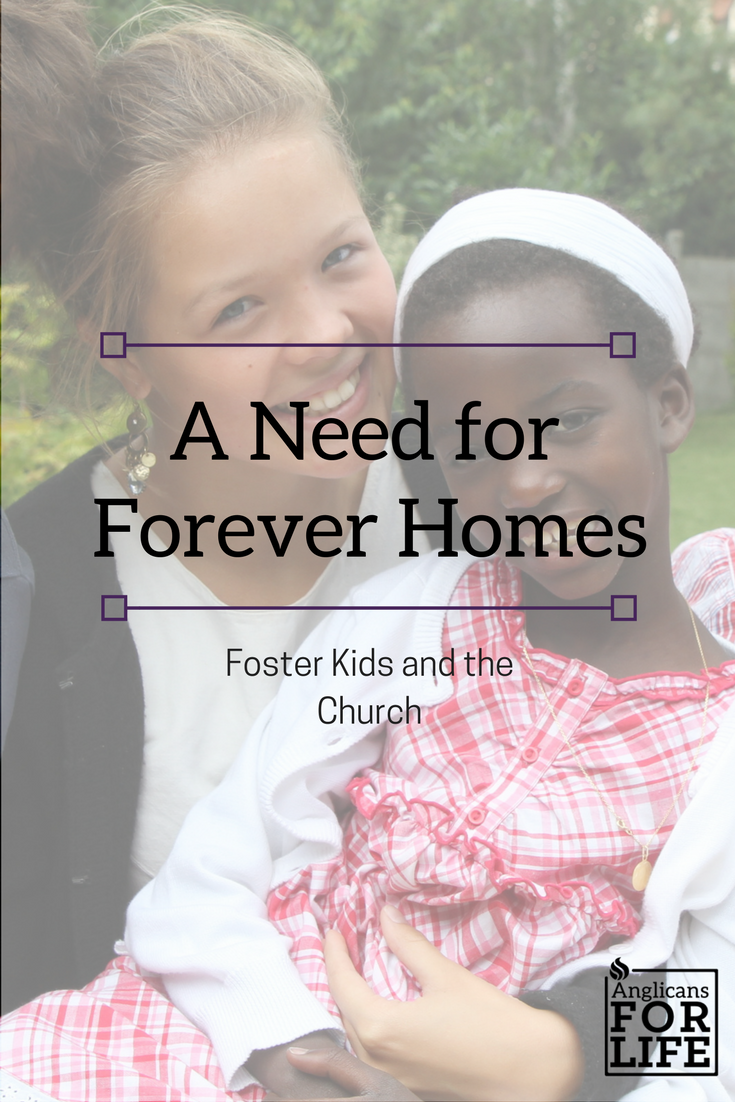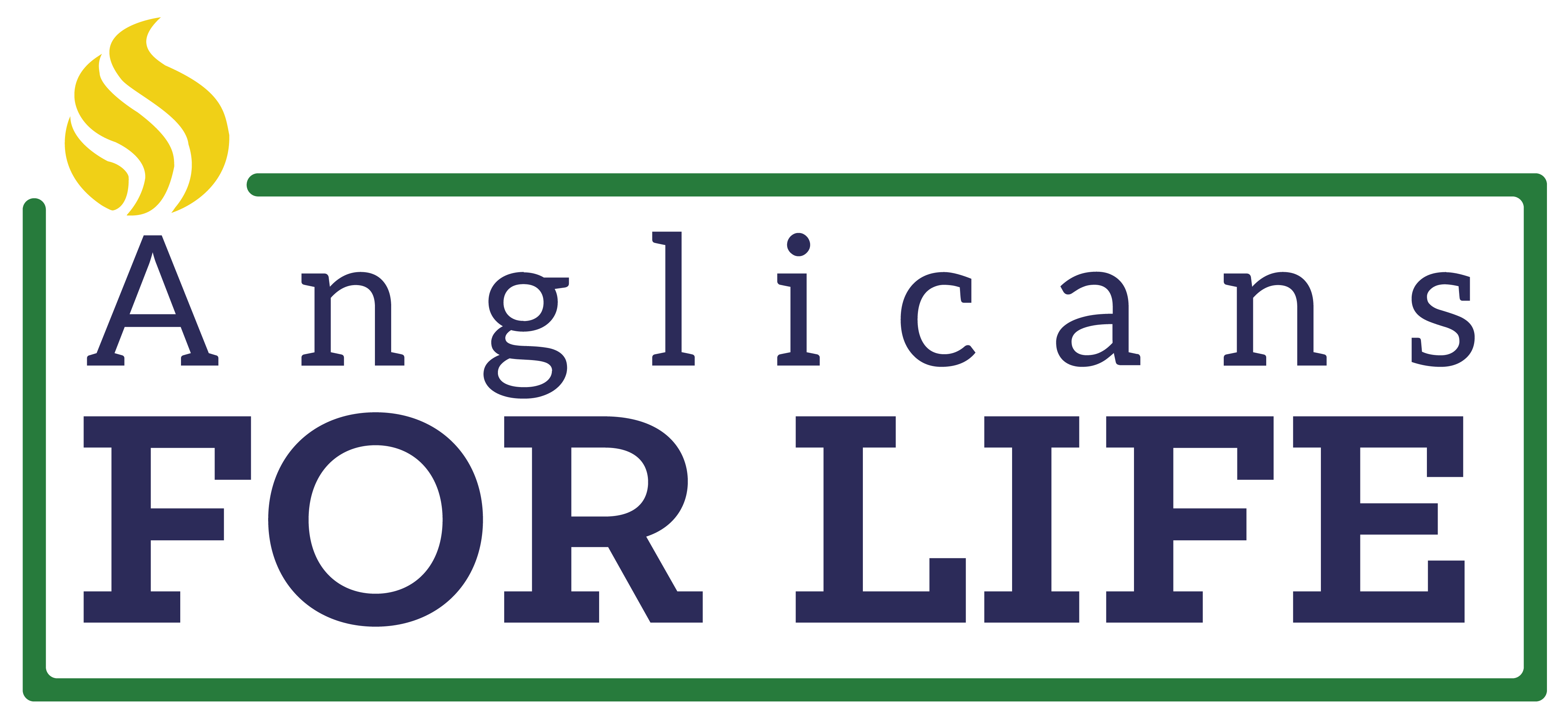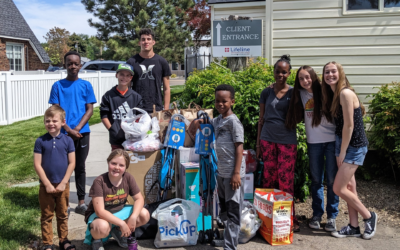A friend of mine told me a story about her son John. He was the kid that brought home lost animals and begged to keep them. He had a very compassionate and tender heart. One day she was standing near a window at the front of the house when she saw her son walking down the street with a cat in his arms. The cat was not too happy to be carried, as John was holding the cat tightly to his the upper body. John walked with determination toward home with the cat wiggling in his arms. Upon seeing her son and the cat – later named Lady Gray– she decided to meet him in the front yard to discuss the situation. As she approached him, John proudly said, “Mama this cat followed me home!” Knowing full well that the cat had not followed him home, she asked just how that happened. His reply was, “Mama, I knew she wanted to follow me, but I just had to carry her.” At first  glance Lady Gray seemed to be perfectly fine, but upon examination she was missing two toes and part of an ear seemed to have been damaged in an unknown altercation. She was not perfect, but it was not long before Lady Gray became a part of the family, because John carried her in his arms to her new home where she would be fed, nurtured, and cared for.
glance Lady Gray seemed to be perfectly fine, but upon examination she was missing two toes and part of an ear seemed to have been damaged in an unknown altercation. She was not perfect, but it was not long before Lady Gray became a part of the family, because John carried her in his arms to her new home where she would be fed, nurtured, and cared for.
There are over four hundred thousand children in the USA who are in Foster Care today. One hundred thousand are eligible for adoption. “Waiting children,” as they are often called, need a home where they can be nurtured and cared for in a stable and caring environment. All of the foster kids need a home, whether it is for a few days or months or a permanent placement in programs designed as foster-to-adopt. The remaining three hundred thousand are often in a waiting limbo until they can either be in temporary care, reunited with their family (which must be court approved), or set on the path toward adoption. Sometimes that means that the reuniting will be with biological parents, sometimes it means that grandparents, aunts, and uncles take on the permanent care of the child/children, and sometimes it means parental rights have been forfeited to allow adoption. All the legal steps take time, patience, paperwork and, as some will describe it, “nerves of steel,” as they wait for all the options to be explored and ruled on by the legal system.
The experts in the field of child care explain that many of the children in the foster care system have been placed there due to neglect, abuse, abandonment, and the erratic behaviors of adults who should have been responsible for the child/children’s care. A leading cause of children being removed from the biological parents is the opioid epidemic. The use of drugs and alcohol has escalated the number of court mandated parental rights forfeiture cases significantly.
Two additional pieces of information must be mentioned here. Often the children in foster care are sibling groups of two or three who should ideally be placed together. The hope for many adopting families is that they will be an ethnic match infant, “perfect in every way” as the song goes. That statistic is relatively small today and is trending to a lower percent of availability in the adoption data. (This lower number is due to the acceptance of birthmothers raising their child as a single parent and families who simply “fold” the child into the family structure.)
Children who need homes come in every size and shape. Children in need of adoption can be mixed race, ethnically/biologically different, or have other differences that may not meet the common expectation of the “perfect child for our family” description.
A separate category of foster children who need homes are those with disabilities:
• Physical, (impaired mobility or limbs, hearing, vision limitations)
• Mental (fetal alcohol syndrome or other impairments)
• Emotional and social skill impairments (Autism spectrum)
The last category may be apparent in first observations and interactions or identified after behaviors emerge which point to struggles to assimilate into the new family environment.
How then, with all of the information regarding children needing homes, will the Church react to adoption needs in the foster care program? Silence? A smile of approval in a passing nod of acknowledgment, or with applause as we see in the congregational reactions after a baptism? Can we open our heart to those who need us the most? Can we encourage, from every area of ministry, the folding in of children from the foster care system as permanent members of the family of God? Can we uphold those who offer a shelter in the storm of life for these children who need nurturing and stability? My prayer is that those who love the Lord will respond with a resounding “yes”!
Finally, to return to what John said, “Mama, I knew she wanted to come home with me – but I had to carry her.” We have the opportunity to carry a child or children to the safety of a Christian home. Let us always speak of the obedience of carrying ones who can’t walk on their own into our lives. Let us always open our Church to the families who welcome these children into their hearts and homes. Just as Christ carried each of us…. so we have a chance to carry our brothers and sisters as well.
To commemorate November as National Adoption Month, we are featuring blogs about adoption written by guest writer Sharon Fox. Sharon is a Certified Grief Facilitator by the American Academy of Bereavement and has lead the Grief Recovery Ministry at Christ Church Plano, TX for over twenty years. She is the founder of the non-profit Brave Penny, providing books, materials, and training on grief recovery for clergy, lay ministers, and adoption agency staff. Additionally, she has published several books, including Reframing Adoption, which focuses on the unique grief of birthmothers who have chosen adoption for their child.



